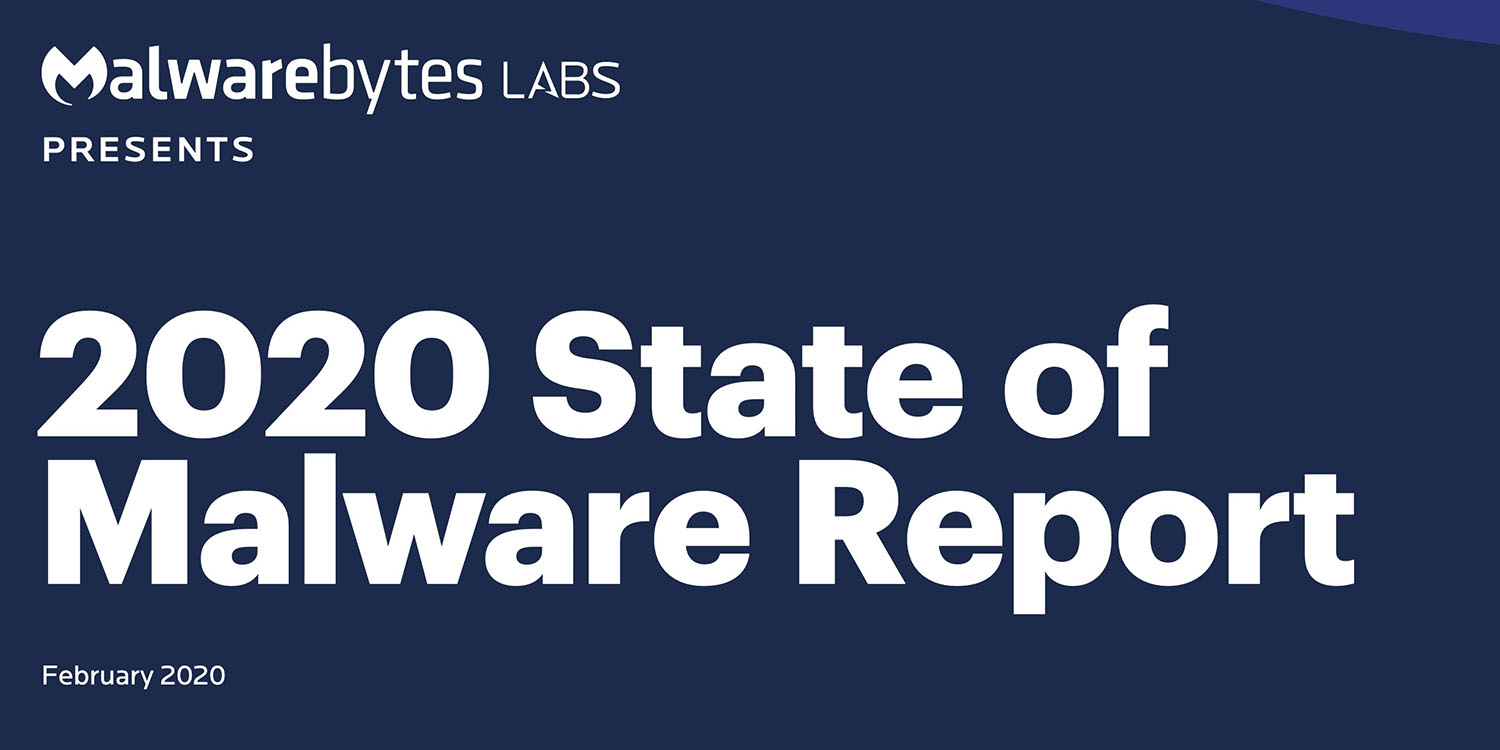A phishing scam has targeted Mac users by redirecting them from legitimate websites to fake websites which tell them that their computer is infected with a virus. The user is then offered Mac Defender 'anti-virus' software to solve the issue.
This “anti-virus” software is malware (i.e. malicious software). Its ultimate goal is to get the user's credit card information which may be used for fraudulent purposes.
The most common names for this malware are MacDefender, MacProtector and MacSecurity.
- How To Scan For Viruses On Macbook Pro
- How To Check For Malware On Macbook Pro
- Check My Mac For Malware
- How To Check For Virus On Macbook Pro 2019
Most existing Mac malware is aimed at obtaining confidential information. Such viruses can steal contact details, data from the address book, passwords, or bank card info. There are also special malicious tools that use Mac computing resources, forcing your Mac to earn cryptocurrency for the virus creator or help to launch a DDoS attack. Remember it's function is to scan documents and media for malware that may be passed onto Windoze users by email or file sharing, not to find malware that will attack Mac OS X (same if using AV software in Linux). That is taken care of by the system updates, as already stated.
Apple released a free software update (Security Update 2011-003) that will automatically find and remove Mac Defender malware and its known variants.
The Resolution section below also provides step-by-step instructions on how to avoid or manually remove this malware.
Resolution
How to avoid installing this malware
If any notifications about viruses or security software appear, quit Safari or any other browser that you are using. If a normal attempt at quitting the browser doesn’t work, then Force Quit the browser.

In some cases, your browser may automatically download and launch the installer for this malicious software. If this happens, cancel the installation process; do not enter your administrator password. Delete the installer immediately using the steps below.
- Go into the Downloads folder, or your preferred download location.
- Drag the installer to the Trash.
- Empty the Trash.
How to remove this malware
How To Scan For Viruses On Macbook Pro
If the malware has been installed, we recommend the following actions:
- Do not provide your credit card information under any circumstances.
- Use the Removal Steps below.
Removal steps
- Move or close the Scan Window.
- Go to the Utilities folder in the Applications folder and launch Activity Monitor.
- Choose All Processes from the pop up menu in the upper right corner of the window.
- Under the Process Name column, look for the name of the app and click to select it; common app names include: MacDefender, MacSecurity or MacProtector.
- Click the Quit Process button in the upper left corner of the window and select Quit.
- Quit Activity Monitor application.
- Open the Applications folder.
- Locate the app ex. MacDefender, MacSecurity, MacProtector or other name.
- Drag to Trash, and empty Trash.
Malware also installs a login item in your account in System Preferences. Removal of the login item is not necessary, but you can remove it by following the steps below.
- Open System Preferences, select Accounts, then Login Items
- Select the name of the app you removed in the steps above ex. MacDefender, MacSecurity, MacProtector
- Click the minus button
Use the steps in the “How to avoid installing this malware” section above to remove the installer from the download location.

Note: Apple provides security updates for the Mac exclusively through Software Update and the Apple Support Downloads site. User should exercise caution any time they are asked to enter sensitive personal information online.

If your Mac seems to be running at high fan rates or you’re seeing reduced battery-life for no apparent reason, you may want to check for some Mac malware that seems to be going around …
A couple of support threads have described people finding a process called mshelper using a lot of CPU usage.
From the little that’s known about it so far, it seems this is either adware or a cryptocurrency miner. Despite the heading in the Reddit thread, there’s no evidence that it’s a virus, so the most likely explanation for its spread is a sketchy download which installs it alongside some other app.
You can check for it by launching Activity Monitor and then clicking on the CPU tab to sort by highest CPU usage. Look for a process called mshelper at or close to the top.

If you find it, killing the process doesn’t help as it restarts itself. But you can remove it by deleting two files:
How To Check For Malware On Macbook Pro
/Library/LaunchDaemons/com.pplauncher.plist/Library/Application Support/pplauncher/pplauncher
Check My Mac For Malware
It’s likely that Apple will add mshelper to the macOS blacklist shortly to disable it, but the above will reportedly resolve it in the meantime.
How To Check For Virus On Macbook Pro 2019
FTC: We use income earning auto affiliate links.More.
